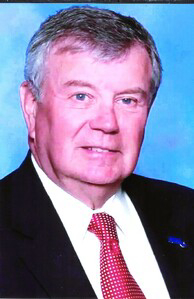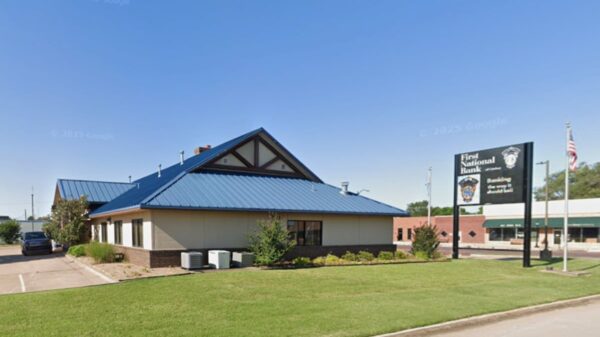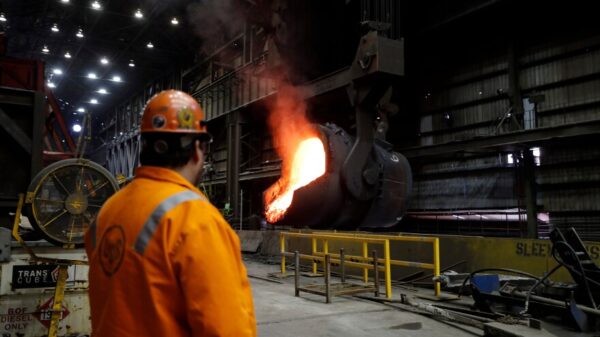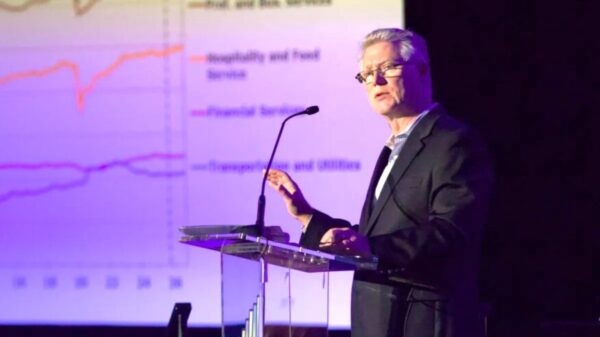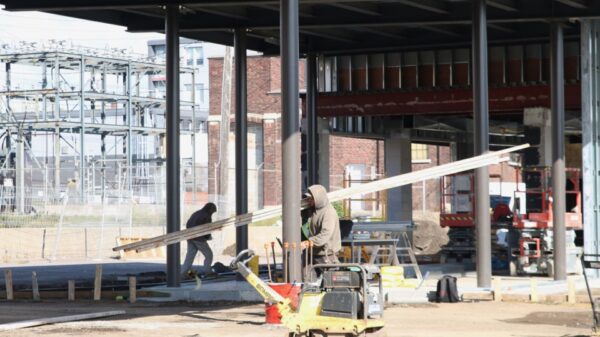A recent personal experiment in running has revealed that adopting a slower pace can significantly enhance the overall experience for athletes. After completing a marathon earlier this year, an individual decided to engage in a two-week trial of slow running, intentionally focusing on a relaxed pace rather than speed. The results proved transformative, leading to newfound enjoyment and a more positive relationship with the sport.
The journey began during a rigorous marathon training schedule, which included numerous interval runs over a 16-week period. By week nine, the excitement of speed had diminished, and physical fatigue became evident. Following the marathon, the runner felt unmotivated to pursue fast-paced workouts, prompting an exploration of slow running as a viable alternative.
Rediscovering Running Through a New Lens
Initially, the concept of slow running seemed straightforward. The aim was to run at a pace that allowed for conversation, disregarding heart rate metrics and specific training plans. This approach coincided with a growing trend observed over the past six months, particularly on social media platforms like TikTok, where the term “slow runner” gained traction, accumulating over 139,000 searches. The rise of related hashtags, such as “realistic running diaries,” has surged by 601 percent, indicating a shift in how runners perceive their training.
During the two-week period, the individual ventured into unfamiliar routes rather than repeating the same familiar paths. This change not only alleviated the monotony that often accompanies training but also fostered a sense of adventure. The slow pace enabled exploration of local trails and hills, which had previously been avoided due to concerns about performance. As a result, the runner felt rejuvenated, discovering a deeper appreciation for the surrounding environment.
Enhancing Mental Well-Being and Performance
The psychological impact of slow running became evident as the individual returned from each run with a sense of joy. Without the pressure to meet specific pace targets, the experience transformed into a more enjoyable and less stressful activity. Even during a scheduled 10K race, the absence of a strict training plan led to a calmer mindset. Instead of fixating on achieving a particular time, the runner focused on the experience itself, enjoying the process rather than the outcome.
Slow running also aligns with the principles of Zone 2 training, which emphasizes maintaining a heart rate within a designated range to enhance aerobic endurance without straining the body. This method suggests that runners can determine their optimal pace by ensuring they can converse comfortably while running. For those interested in tracking their heart rate, a simple calculation of the maximum heart rate—subtracting age from 220—can help establish a target zone. For instance, a 30-year-old would aim for a heart rate between 114 and 133 beats per minute during training.
The experiment with slow running has prompted a reassessment of training methodologies. As the runner continues to incorporate slower sessions into their routine, they recognize the potential benefits of easing off the pace. It’s become clear that slow running not only aids in recovery but can also contribute to improved performance over time.
Ultimately, the two-week exploration of slow running serves as a reminder that the joy of running transcends speed and competition. With an emphasis on enjoyment, runners may find themselves better equipped to tackle future challenges, both physically and mentally.












